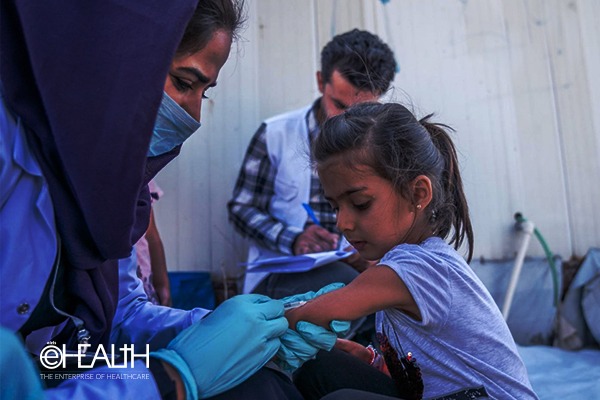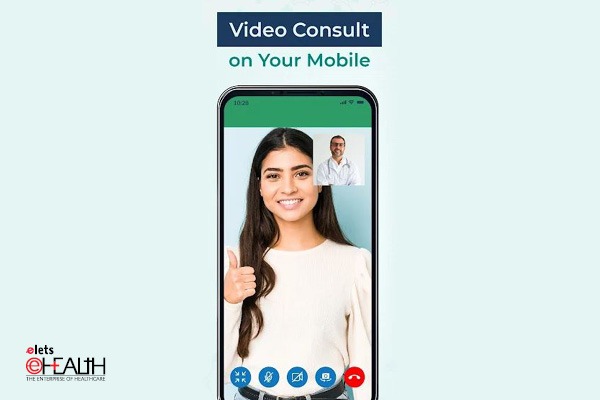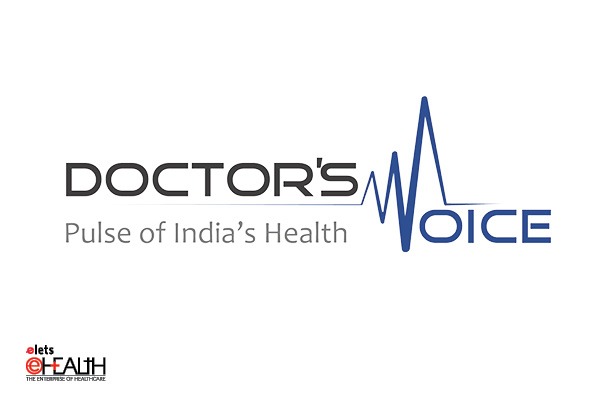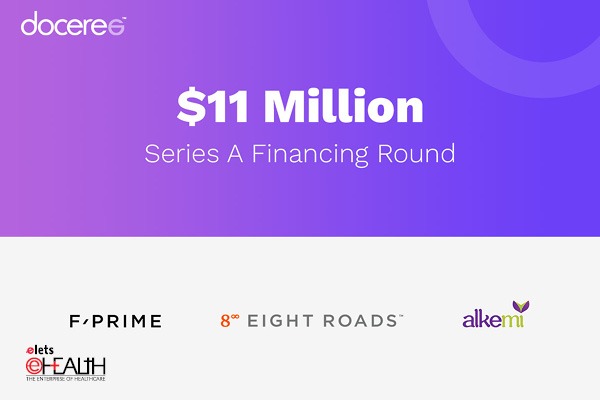
The pharmaceutical industry is on the cusp of its biggest transformation yet. In what many are terming ‘Pharma 3.0’, it has begun a descent from a focus on manufacturing to a call-for-attention for creating a healthcare ecosystem of sorts.
From new patent laws to the shift in marketing dollars from sales reps to non-traditional alliances, pharma marketing seems to be coming of age at a time when most other industries seem to have passed their prime. Despite the commonly acknowledged fact that espousing the potential of new media tech-nology such as eHealth and mobile health is the only way for pharma stakeholders to stay ahead in the game, nearly every one of them believes that they are not prepared for the needed colossal change.
While baby steps have been made by the industry to enter the dominion of new media marketing, mar-keters still lack a clear perspective on the best practices to reshape the role of pharma in healthcare marketing.
The irony of a tight regulatory framework on doctor-patient interactions, along with the lack of clearly defined guidelines, has played a large role in the slow evolvement of pharma marketing from traditional to newer channels. Yet with changing patient profiles—where healthcare is increasingly being sought as an integrated digital offering—a number of pharmaceutical companies have attempted to stretch beyond their present marketing patterns.

PR firm Burson Marsteller studied the 100 largest companies in the Fortune 500 list and found that 79 per cent of them use Twitter, Facebook, YouTube or corporate blogs to communicate with customers and other stakeholders. Although it started late, pharma initially warmed up to websites and community portals, where the interactions could be controlled to a much higher extent than on open platforms such as Facebook. The highest risks were perceived to be in creating trust and an authenticity factor on sites such as Facebook and Twitter, where the probability of compromising patient privacy is much higher.
However, taking tiny steps, pharma finally seems to have befriended social media. A PwC Health Re-search Institute Consumer Survey in 2011 found that more than 1,200 hospitals now participate in near-ly 4,200 social networking sites, including Facebook, Twitter, YouTube, LinkedIn, foursquare, and blogs. More than 60 per cent of US physicians already use or are interested in using online physician communities, such as Sermo, where they collaborate and share information.
Be a part of Elets Collaborative Initiatives. Join Us for Upcoming Events and explore business opportunities. Like us on Facebook , connect with us on LinkedIn and follow us on Twitter , Instagram.












